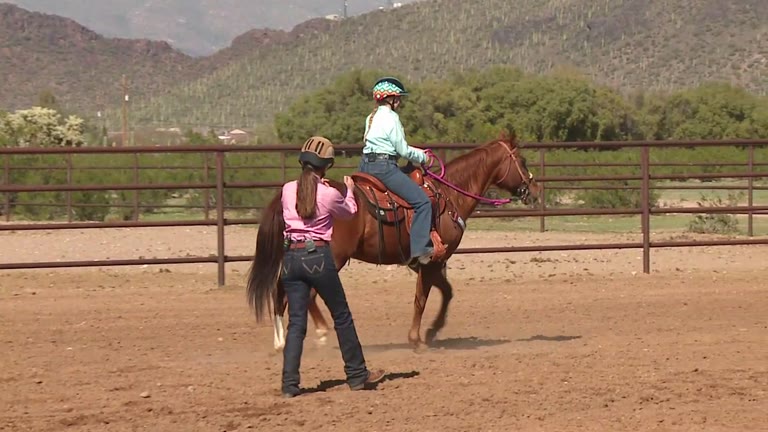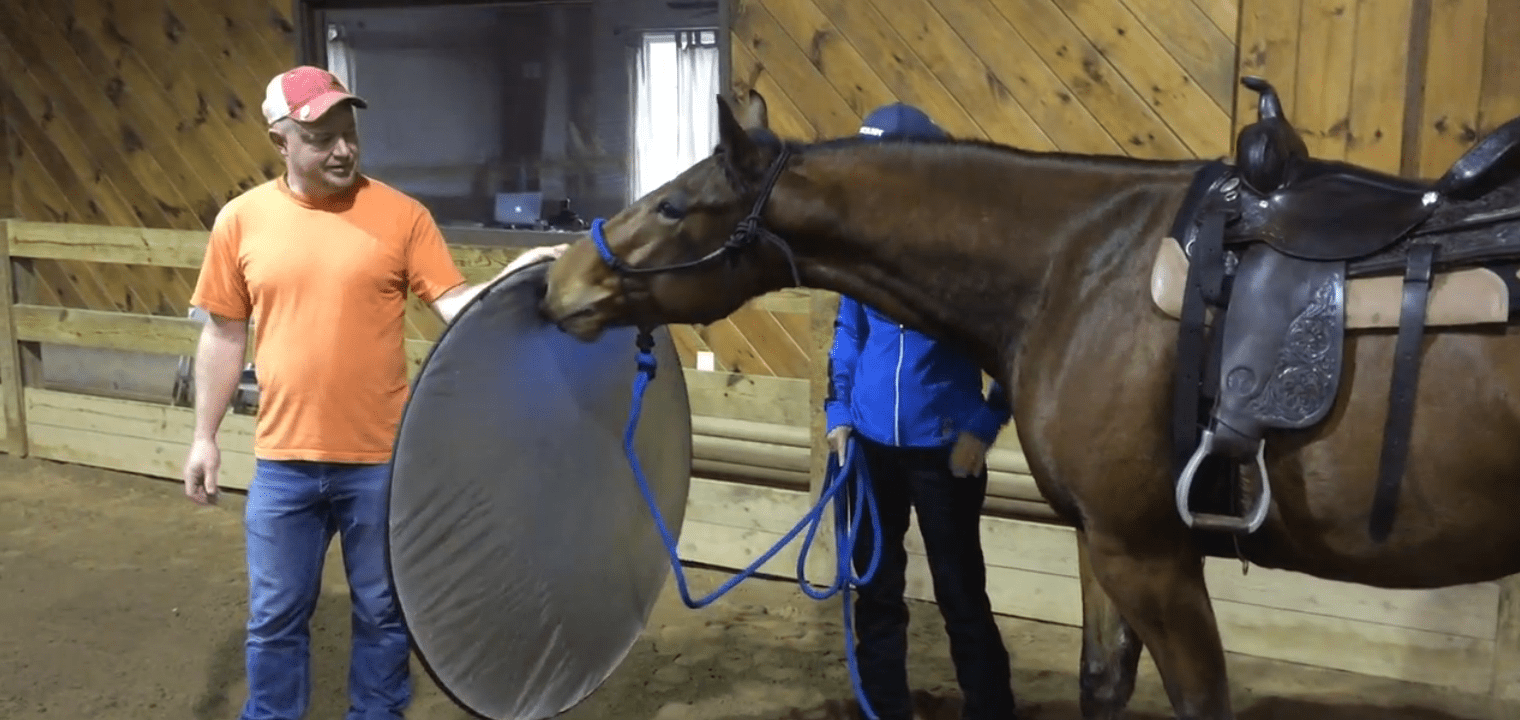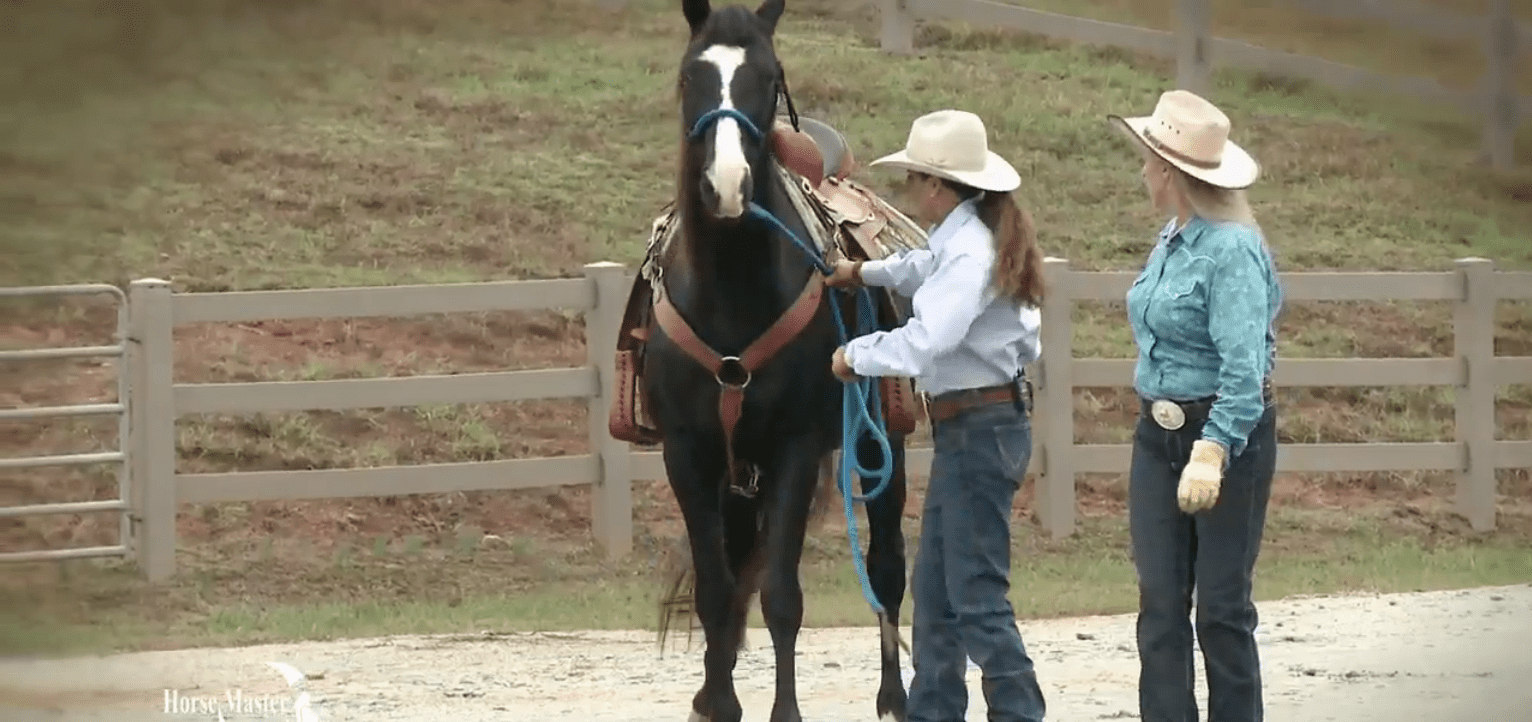To celebrate our anniversary, my husband and I recently bought new mountain bikes and made a commitment to get in better shape. Living in the land of mecca for mountain bikers as we do, a high-mountain town where there are more bike stores than shoe stores, it seemed like the right thing to do. http://salida.com/
And we need another sport– somehow horseback riding, snow skiing, boating, fishing and golf were not enough! As with all things I do and think about, it wasn’t long before I started relating it to horses and riding.
We used to mountain bike a lot but somehow through the years, other sports seemed to take over. I was impressed at how much mountain bikes have changed in the 15 years of our hiatus. The high-tech materials and design have increased tremendously, along with the price. But the one thing that they haven’t improved much on is the seat. Clearly the bike designers have never ridden in one of my saddles, specially designed for seat comfort! Check out Julie’s Saddles HERE
Knowing what we know about the importance of having good equipment in any sport, we got two really good mountain bikes, with full-suspension to take care of our aging bodies. After all, the main reason we decided to get back into mountain biking was to replace running with a joint-friendly form of exercise. Although horseback riding is joint friendly and fun, the horse is doing all the exercising.
After a couple bike rides on some mellow dirt roads, we decided it was time to hit the single-track. It was sort of like taking a pampered show horse and putting him on a challenging mountain trail. I was reminded that like riding, mountain biking is a sport that seriously challenges your balance. And like horses, it is critical to keep your eyes ahead of you. Your bike and your horse tend to go where you look so DO NOT LOOK DOWN!
Right away, I noticed a big difference in bikes and horses. Bikes are 100% obedient. They never challenge your authority. They always go where you steer them. They speed up and slow down as directed and the brakes always work. They do not suddenly leap into the air when a plastic bag blows by and bikes do not startle if they un-expectantly encounter a horse coming down the trail. I wish I could say the same for horses.
When I ride and train my horses, I am always thinking about their obedience– it is what I expect from them. An obedient horse is somewhat like a good bicycle– it goes in the direction you point it at the speed you dictate. Once you’ve set your horse on a course, he should stay there. If you have to constantly re-direct him because he veers off the path, if he speeds up or slows down without a cue, if he tries to argue or negotiate with you, he is not obedient.
Here’s a little test to issue to your horse the next time you ride. Set him on a course of direction with your eyes focused on a far-off target, at either a walk or slow trot, with a slightly loose rein. Then drop your hands down to touch his neck or the saddle pad in front of the saddle and leave them there (thus negating the use of the reins) and expect him to continue on without your interference.
Does he speed up or slow down? Does he veer toward the gate or cut the corners? Do you have to constantly pick up your hands to guide him? When you ask him to canter does he drop his shoulder, lean into the middle of the pen and make an ever-smaller circle? If so, you may have an obedience problem.
Make sure you and your horse are not co-dependent and you are not enabling his disobedience. Remember, an obedient horse continues in the direction and speed you dictate without you constantly telling him what to do. For instance, once you ask your horse to canter, he should continue at that gait and speed until you tell him to speed up, slow down or stop. If you have to constantly tell him to canter, if you’re pedaling him like a bicycle; he is challenging your authority and you have become co-dependent. He is constantly threatening disobedience and you are constantly enabling him.
But how about this picture? While keeping your hands on his neck, can you keep him on the path you dictate by just using gentle leg pressure to steer? Can you control his speed by simply shifting your weight back or forward? Can you reverse directions and make circles and serpentines with your hands down on his neck? If so, good for you! You are not dependent on the reins for control nor is your horse dependent on your constant guidance with the reins to be obedient.
Horses constantly challenge our authority with small disobediences that you often don’t notice until they become really big problems that you can’t seem to solve. For instance, riders rarely recognize when their horses are puling toward the gate or barn or when they speed up when turning toward the barn or slow down when turning away. But when the horse won’t leave the barnyard or jigs all the way home, we see the problem. Yet it was caused by the hundreds of small disobediences that occurred prior to the big problem.
Having a greater awareness of your horse’s behavior and motivations is a great place to start. Their motivations are simple. Horses seek out safety and comfort– those are the two things that motivate them most. And because they get both of these feelings from the herd, that is where they want to be. Once you can demonstrate that you can give him the same sense of comfort and safety that he gets from the herd, he’ll want to be with you and will constantly work hard for your acceptance and approval. You can read a lot more about this in my on-line Training Library. HERE
Your horse needs you to be a strong leader– the Captain of the ship. Call him out on his disobedience by correcting him and letting him know you do not approve. But then leave him alone and trust him to do the job you’ve asked of him and praise him when he does. Your constant nagging on the reins prompts his disobedience.
Instead, direct your horse to go a certain direction and speed, then drop your hands down on his neck. Give him a chance to be obedient and expect him to do the right thing. If he makes a mistake, call him on his behavior, make a quick and effective correction, then put him back on the path and drop your hands again to show him that you trust him. No more enabling or co-dependence. Expect your horse to be as obedient as your bicycle and he may surprise you!
Horses thrive off of good leadership. A good leader sets the tone, enforces the rules and trusts her first mate to do his job. A good horse happily follows orders and tries hard, seeking out the approval of the leader. That’s what makes horses more fun than bicycles!
Enjoy the ride,
Julie



